Dance with a Stranger (1985)
Miranda Richardson - Wow!

Director: Mike Newell
Starring: Miranda Richardson, Rupert Everett, and Ian Holm
Writer: Shelagh Delaney
Just recently a friend posted on Facebook:
“Miranda Richardson – Wow!”
And my first thought was please don’t let her be dead. Don’t worry, she’s not. He simply wanted to show appreciation of her outstanding talent.
But it made me think about how much of my writing about film and popular culture is prompted by the loss of people. So this is different. This is a celebration of talent that is still with us and still wowing me.
The first time I said “Miranda Richardson – Wow!” was when I went to see the film Dance with a Stranger (1985) with a small group of friends, enjoying the fact that we were all old enough to see a film rated 15 without having to rehearse a date of birth. And the film stayed with me for many years, primarily because, well, Wow – Miranda Richardson!
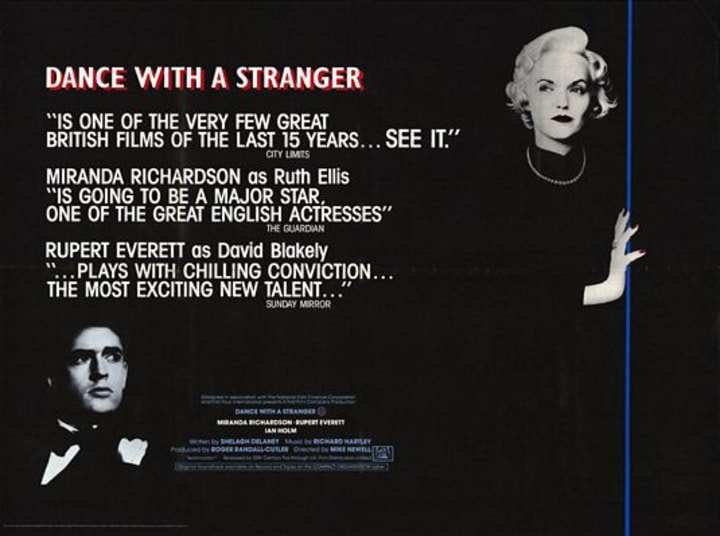
Dance with a Stranger is a British 1985 film that covers the last two years of convicted murderer, Ruth Ellis (Miranda Richardson) and her relationship with David Blakely (Rupert Everett), a racing driver and the man she kills. Ruth Ellis’s life is complex with two children from different fathers, with no obvious family support, she relies on the financial and emotional backing of Desmond Cussen (Ian Holm), a regular at the nightclub where she works.
Ruth Ellis was the last woman to be hanged in Britain.
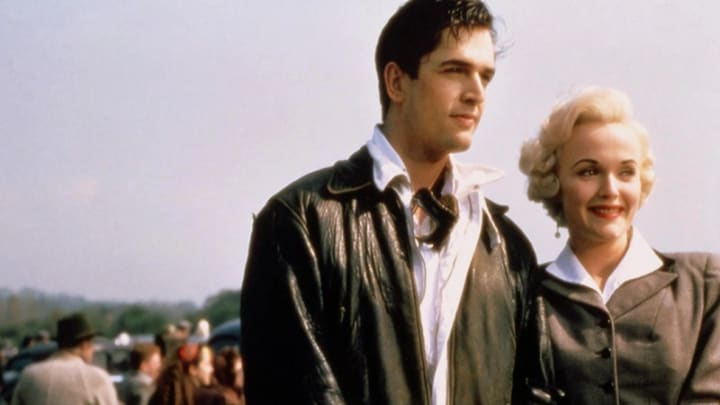
Now when I say British film, I know I have a few biases of my own and maybe you have some too. I am not, on the whole, a fan of those period pieces about a conservative elite. While I quite enjoy a film about a plucky Northern underdog who takes on the establishment, I also find them a little formulaic. Dance With a Stranger is different. It was one of several films that benefited from the establishment of Film Four Productions owned by the TV station Channel 4 and which invested in a number of films in the 1980s and early 1990s, making it responsible for a flurry of creativity.
As film maker Mike Leigh said in 2008, Film Four saved the British cinema industry:
This is a non-negotiable, historical fact of life and anybody who suggests that this isn't the case is simply either suffering from some kind of ignorance or has got some terrible chip.
That investment allowed Mike Newell to develop and direct a different kind of British film.
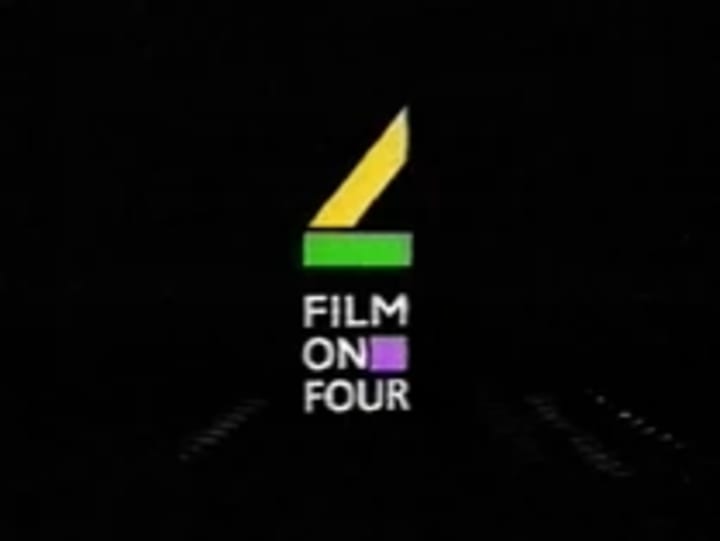
Film Four was mostly known for its gritty working-class dramas and glossy period dramas. But Dance with a Stranger has a foot in both camps and is genre-defying for the way it tells its story.
I could call it a bio-pic. But because it only tells the story of two years of a life, there is so much it doesn’t tell about Ruth Ellis. She starts the film as a competent, business-like employee with ideas to improve the nightclub where she works as the manageress. She manages her boss, unruly customers and her staff. But there is little background as to why she is a manageress of a ‘glorified brothel’. We know she has two children, by two different fathers. We know that one child no longer lives with her. We know she can handle male attention.
Then her employment and circumstances begin to deteriorate when her relationship with Blakely begins to unravel. We don’t have the full picture of why she would be so susceptible to Blakely’s charms, his violence, his neglect. The backstory is just detected through the nuance of the script and Richardson’s acting. Ruth Ellis projects the perfect image of a good-time girl, who, in fact, never had a good time.
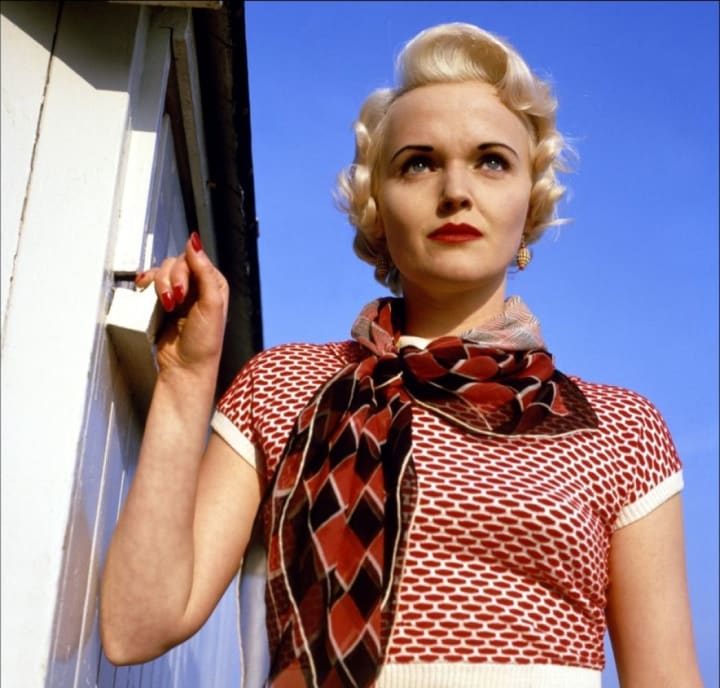
Possibly a bio-pic, but it has also been called a melodrama and a social issues film. It is dealing with one of the most controversial and important issues for a nation – the death penalty. In real life, the quick pace of the trial and execution of Ruth Ellis is considered to have been a driver in the abandonment of the policy. Her hanging was never seen as justice.
As criminal barrister Edward Henry opined:
It was an open and shut case, you are right; but there is an enduring sense of injustice because of the background of profound physical abuse, and the unexplained acquisition of the gun. There remains the suspicion that Ruth was hanged on moral grounds, because she was ‘undeserving’ (hostess/escort at the Little Club) or partly to do with class. Could you see a deranged daughter off the shires being hanged for this? Convicted, yes, but reprieved surely? So, what is acceptable after a decanter of whisky on a grouse moor is outrageous in a city… Ruth’s case is all too easy to explain, but the society in which she lived wasn’t ready to hear it.
It is no accident that this case was re-imagined and filmed in Thatcher's 1980s Britain with its lack of compassion, where the national debate had once again returned to the rhetoric of the death penalty.

I know one of the reasons I was in thrall to the film was the portrayal of the period. My British 1980s was caught between a terrible school uniform, the sense of a decaying economy and the glamour of New Romantic pop. I had discovered vintage clothing as a way to bring cheap and cheerful colour to my wardrobe.
As I’ve said before, the British can excel at a particular kind of period drama, a nostalgic Country-House aesthetic. Dance with a Stranger is also set in the past, but deals with ‘ordinary’ people, working-class people. It offers a different view of heritage, of struggle, of class divisions and a tawdry, studied glamour. It critiques the class system rather than reflecting it.
And Ruth Ellis could really put together an outfit.
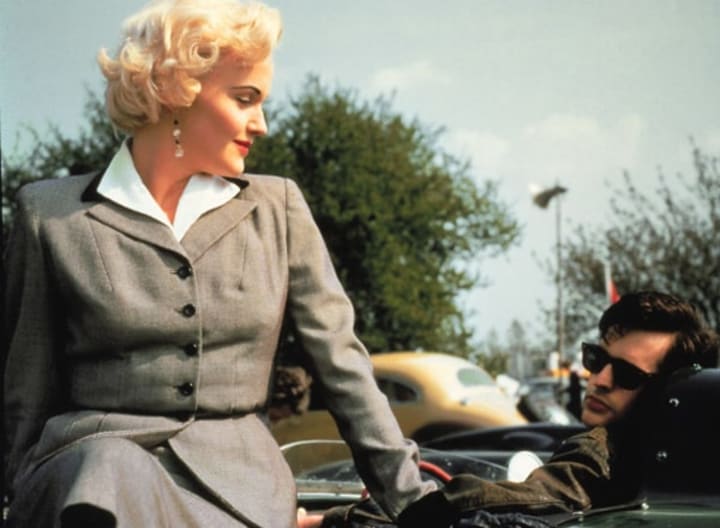
But if I were to pin it to a genre, I would call it neo-noir. Newell has given us an urban landscape that is foggy, rain-sodden and seedy. Everything is obscured by Ruth Ellis’ short-sightedness and the inability to talk, really talk, about passion, violence and sex. It has running through it, the same fatalistic sense of In a Lonely Place, or Double Indemnity. Characters are deeply and darkly flawed, disaffected. The law is in an inconvenience. It has poorly lit streets, claustrophobic rooms, and sadistic, vain characters. The social relations are fractured by poverty, constricting gender roles and the unpredictability of tempers.
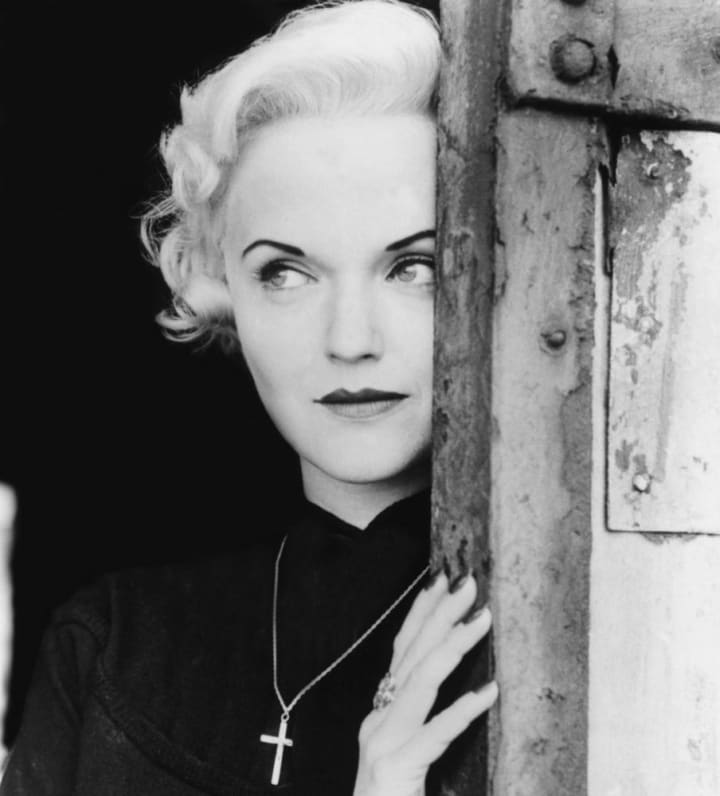
The writer is Shelagh Delaney. She had to be persuaded to take on the job, as she didn’t want to write about real people. However, she was the ideal writer to explore themes of abandonment and desire in a class-ridden system. Her first play A Taste of Honey is a grim and witty exploration of the impact of insecurity and poverty on a mother-daughter relationship set in Salford. Her understanding of a female protagonist shaped by neglect and cruelty, and fashioning herself as a glamorous business woman sings throughout the script of Dance with a Stranger. She endows her characters with wit and steel.
David Blakeley: I want you to marry me.
Ruth Ellis: Why? Are you pregnant?
She imbues Ruth’s emphasis on her appearance with an aura of rebellion.
Desmond: Why don’t you let your hair go back to its natural colour?
Ruth: I’m a blonde now.
Desmond: I didn’t know you wore false eyelashes.
Ruth: I’ll wear anything that improves on nature.
And then Ruth offers to put false eyelashes on Desmond, and to shave off his moustache, showing Ruth understands that all identity is performance.
Ruth might be denigrated by David Blakely’s friends as a tart, as lower class, but she understands them, better than they understand her.
Delaney had an ear for the biting tension of dialogue between people unable to say what they need. She was a Bafta winning screenwriter and an elected Fellow of the Royal Society of Literature. Unfortunately, Delaney died from breast cancer in 2011.

Then there are the performances.
Rupert Everett is obviously devilishly handsome. But this performance is also brooding and inarticulate. It contains repressed emotion, only ever articulated through cruelty and violence.
Ian Holm’s performance is so finely balanced. A man thwarted by his unrequited love, but eager to stay just the right side of respectable, but is harbouring dissatisfaction and revenge.
And then there is Miranda Richardson – Wow!

Richardson’s performance perfectly captures the tension of a woman living on the edge of decency, sometimes painfully self-aware, but more often self-obsessed. Neglected by the man she loves, she neglects her own son. And she is always on the edge. The edge of nerves, of temper, of passion. She is tightly coiled. She is mindful of her speech. And even more mindful of her appearance. Much of her role is performed into a mirror, primping her peroxide blonde hair, checking her lipstick. Her nails are always perfectly red, her eyebrows stylishly arched.
As a sixteen year old in the cinema, there was much of the film that didn’t completely add up to me. I might have missed the references to abortion and miscarriage. I might not have fully understood what the Little Club was really all about. But I understood Richardson’s Ruth Ellis to be a woman caught in a world where the little control she had could be easily hi-jacked. I could see she was a victim, who was capable of victimising.
The dynamics of Ruth's relationships demonstrate the contradictions within her. With Cussen she could be single-minded, cope, able to get what she wants. With Blakely she is passion and vulnerability.
It is a performance that communicates fragility and pretended strength.
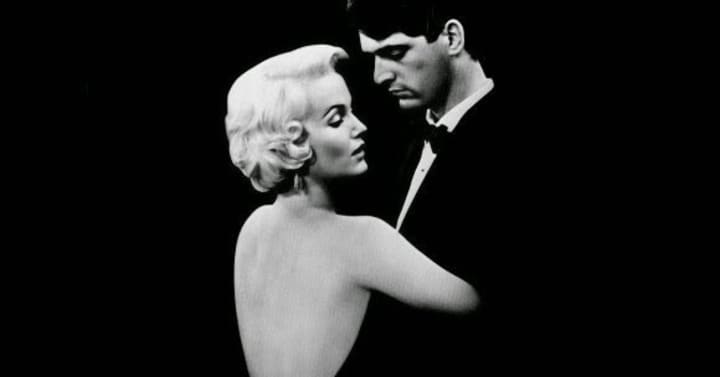
One of the enduring memories I have of the film was watching Ruth Ellis writing a letter to Mrs Cook, David Blakely’s mother, from a prison cell. Her manicure chipped and a voice over in that clipped, trying-too-hard accent of someone who has failed to travel across the class barrier.
However, when I re-watched the film, I waited for that image and it did not reappear. I rewound the film several times to check I hadn’t missed it. But it was not there. So, I began to think I had just imagined it. It was nearly 40 years ago after all.
And then I came across Monica Landy’s writing about the film and she references the letter, which finishes:
I have forgiven David. I only wish I had it in my heart to forgive him while he was alive. Once again, I say I am very sorry to have caused you this misery and heartache. I shall die loving your son and you should feel his death has been repaid. Good bye.
I do not know why it does not appear in the current print available on the internet, which finishes simply with an on-screen printed epilogue that gives the execution details of Ruth Ellis and the dates of her son’s death.
But the letter gave a chance for Ruth to speak for herself, to say something about love, to take some control over the narrative.

Dance with a Stranger launched Miranda Richardson’s career. However, it did not make her the stratospheric star that many thought it would.
I often delve into the personal lives of actors, because I am interested in how their real lives intersected with their public personas. I won’t be doing that with Miranda. She is famous and famously private. I respect that.
It is interesting to note that she was offered the Glenn Close role in Fatal Attraction, but turned it down, not wanting to be known for playing highly-strung, potentially murderous women. (In my humble opinion, the film needed her more than she needed the film).
Instead she has continued to work steadily and brilliantly. It is hard to believe that the woman who played Ruth Ellis is also the woman who played Queenie in Blackadder, or Vivian Haigh-Wood-Eliot in Tom and Viv, or Barbara Castle in Made in Dagenham, or the toxic journalist in Harry Potter and the Goblet of Fire.
And each time I see her, I still say – Miranda Richardson – Wow!
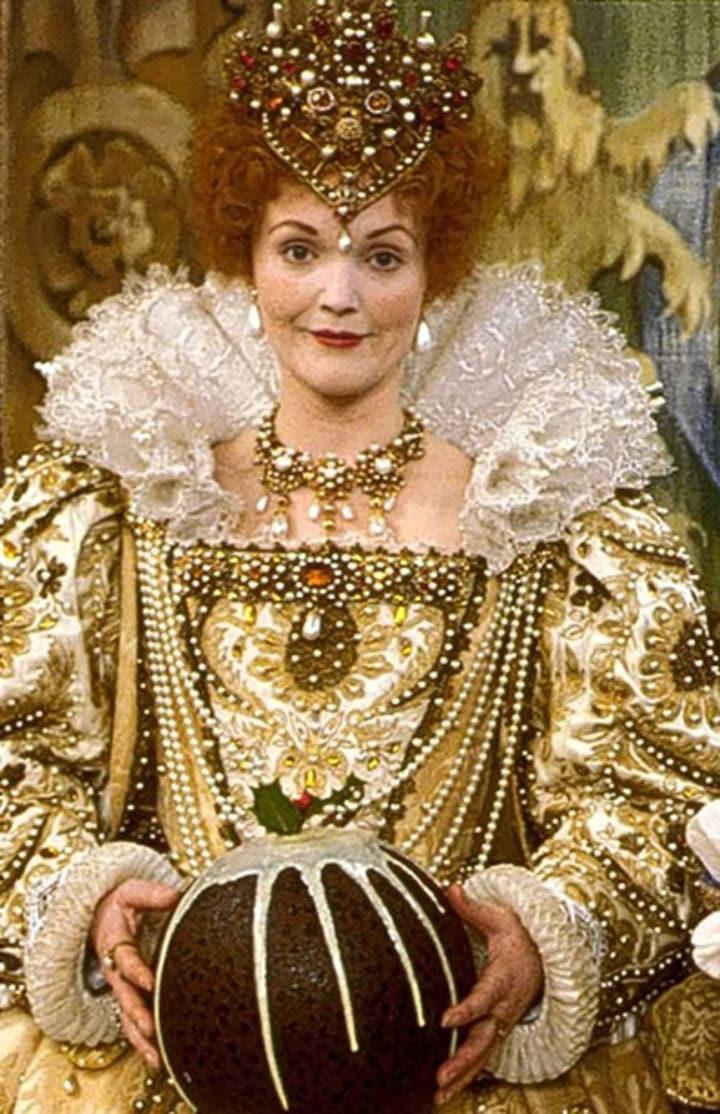
If you've enjoyed what you have read, consider subscribing to my writing on Vocal. If you'd like to support my writing, you can do so by a regular pledge or leaving a one-time tip. Thank you.
About the Creator
Rachel Robbins
Writer-Performer based in the North of England. A joyous, flawed mess.
Please read my stories and enjoy. And if you can, please leave a tip. Money raised will be used towards funding a one-woman story-telling, comedy show.
Enjoyed the story? Support the Creator.
Subscribe for free to receive all their stories in your feed. You could also pledge your support or give them a one-off tip, letting them know you appreciate their work.


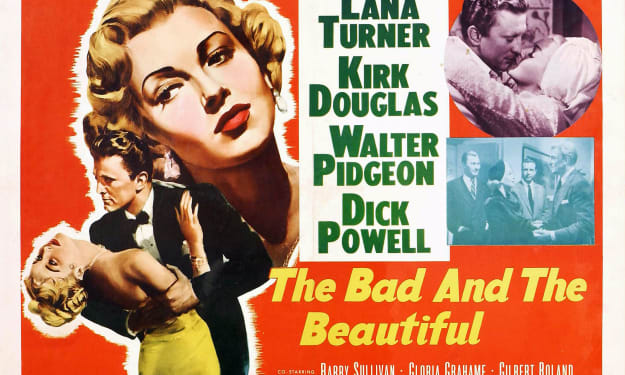



Comments (1)
Wonderful account of a fantastic film and a brilliant actress. To me, to have gone from playing Ruth Ellis to playing the queen in Blackadder is a mark of her talent